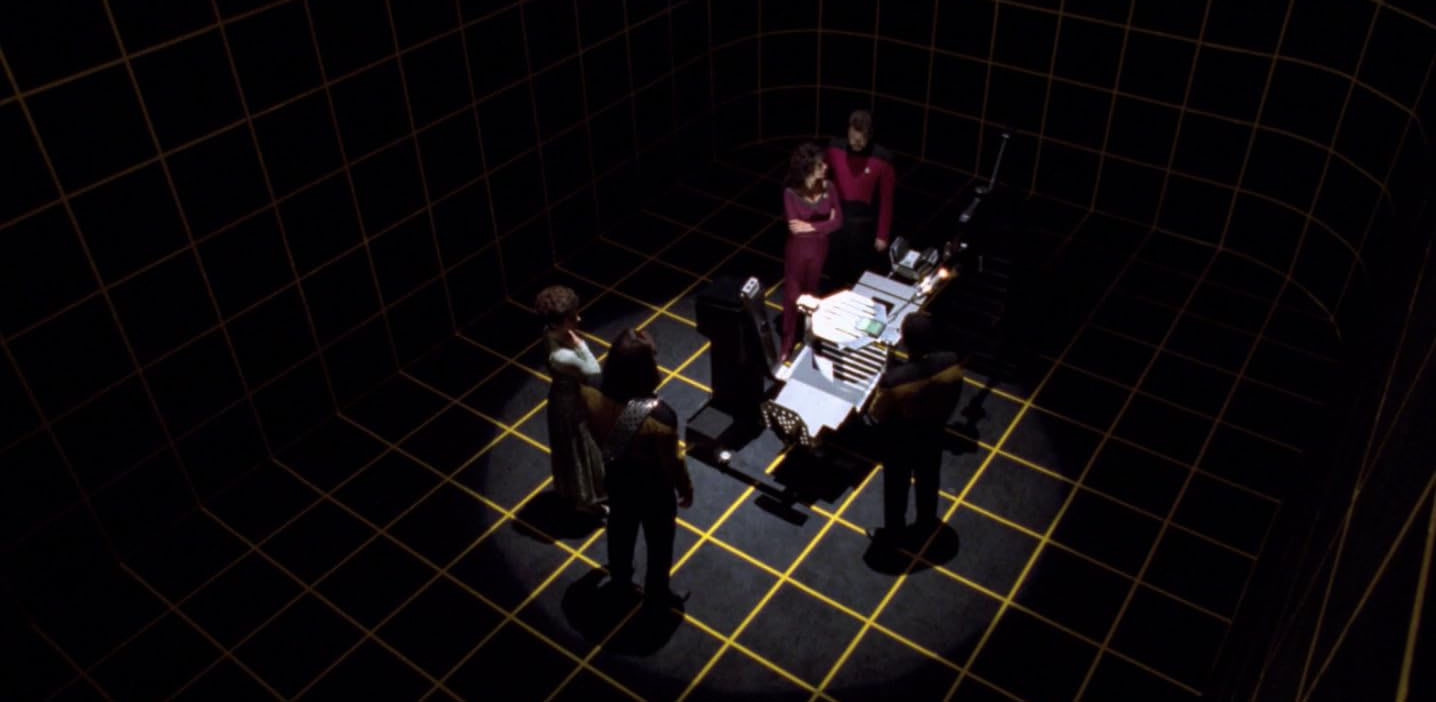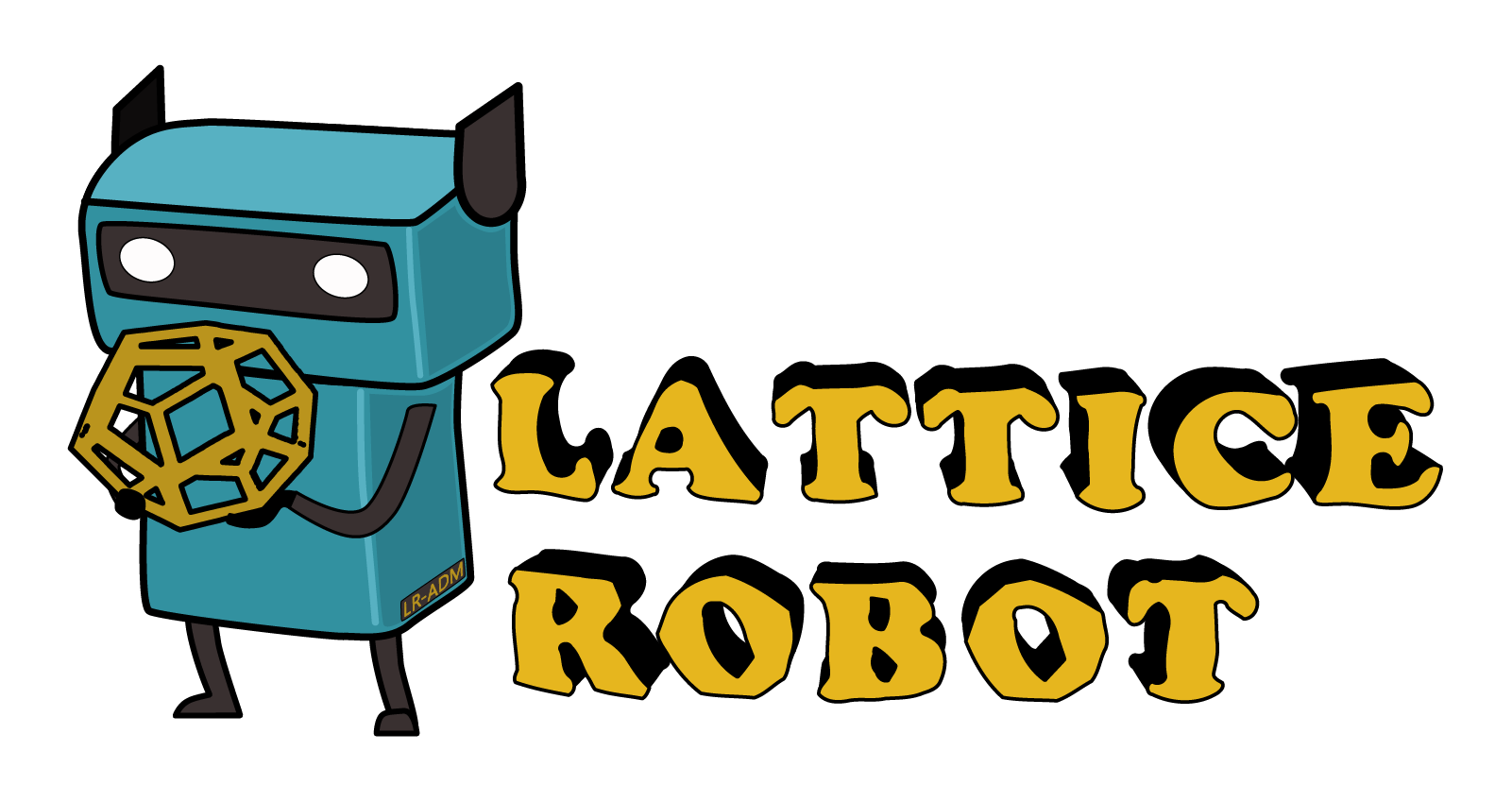Agentic Engineering: how AI automata will participate in engineering in 2025
At Gradient Control Laboratories (GCL), we have the privilege of seeing patterns emerging among the most innovative engineering software startups. Last year, we tracked the rise of differentiable engineering as the first differentiable CAD and CAE APIs appeared. Now, as we wire AI agents into PLM and BIM architectures, we’re ready to share our expectations for 2025 and beyond.
This post originated from conversations with Luke Church, GCL and Brad Rothenberg, nTop. It now includes significant contributions and feedback from: Mark Burhop, Sciath aiM (from whom we anticipate a nuanced paper on this topic); Jacomo Corbo, PhysicsX; Kiegan Lenihan, xNilio; Peter Harman, Infinitive; Saigopal Nelaturi, C-Infinity; Hugo Nordell, Encube; Alex Huckstepp, Uptool; Neel Goldy Kumar, Intact Solutions; Blake Reeves, Pasteur Labs; Andy Fine, Fine Physics; Kyle Bernhardt, Collectiv; and Claude 3.5 Sonnet.
Executive Summary
The future of AI in engineering won’t arrive as a single superintelligent design system. Instead, 2025 will see the rise of specialized AI agents that work alongside engineers throughout the product lifecycle — simulating assemblies, automating documentation, optimizing components, and configuring supply chains. These agents, operating both within existing tools and through new platforms, represent a fundamental shift in how we develop products, one that promises to dramatically accelerate and enhance the engineering process. Success will require solving key technical challenges around security and agent coordination. GCL is convening industry leaders this spring to tackle these challenges together.
Vision
The engineering industry’s vision for AI-powered design tools seems to mirror science fiction, from Star Trek’s Holodeck to Tony Stark’s workshop. The narrative follows three steps:
- An engineer declares intent, describing a design objective, its constraints, and performance goals;
- The computer synthesizes a complete design proposal, from geometry to materials to manufacturing; and
- Through rapid iteration and feedback, the engineer and AI converge on an optimal solution.

The crew of the Enterprise collaborates with The Computer to reconstruct a medical table in the Holodeck. Although this episode of TNG jumped the shark, this scene influenced me greatly.
Manufacturing Spaces Podcast
Had the pleasure to sit down with Em and Pete to discuss the future of CAD, with a focus on implicit modeling.
— emm0sh (@emm0sh) September 19, 2024
Differentiable Engineering
Executive summary
- By including differentiable, parametric models in engineering processes, engineering software can better interoperate between human and artificial designers.
- Existing CAD, CAM, and CAE tools can speak this language by adding differential interoperability to their APIs.
- We provide a visual introduction to differential engineering using a cantilevered beam.
- By examining the derivative of a rotation, we briefly unlock some deep math beauty and an application of Unit Gradient Fields (UGFs).
- Differentiable engineering scales to product-level systems engineering.
✏️ Math advisory: this post assumes you’re okay with derivatives, the chain rule from basic calculus, and a little vector math. We will introduce intuitive visual tools to illustrate such concepts in design engineering. While I feel compelled to show the work, you can probably skim and glean the concepts from the illustrations.
👥 Lots of credit: These ideas came from discussions with many people, including:
- Sandilya (Sandy) Kambampati, Intact Solutions
- Luke Church, Gradient Control Laboratories
- Trevor Laughlin, nTop
- Jon Hiller, PTC
- Peter Harman, Infinitive
Introduction
Today, we practice three paradigms of computer-aided design (“CAD”), manufacturing (“CAM”), and engineering (“CAE”):
- One-off design, where the focus is producing individual parts or products;
- Parametric generative design, where the result is recipe to produce variants of similar parts or products; and
- Computational generative design, where the final geometry is guided by simulation, often iteratively and with spatially-varying parameters.
As each of these generations has built on earlier technology, the emerging generation of engineering software powered by artificial intelligence and machine learning algorithms (“AI/ML”) is being trained on existing empirical, simulated, and textbook knowledge. However, while this new generation of tools promises ease-of-use, more accurate results, and orders of magnitude faster performance, it does not yet offer a meaningful shift in interaction paradigm. As these new tools become increasingly sophisticated, will new interaction paradigms emerge? Will we realize the sci-fi vision of product-level generative co-designers?
Let’s examine how AI and ML can blend with today’s optimization tech to expand engineers’ navigable design space. As generative design scales to the subsystem and product level, we’ll demonstrate how to delegate tasks to AI and ML without the meaning becoming hidden in a nonintuitive latent spaces, as with LLMs and generative art. We’ll focus on the role of a designer, human or automated, expressed in the language of optimization and machine learning: a differentiable approach to design engineering.
Abstracting the design engineer
Let’s propose a model for a design engineer, human or automated, which we’ll call “Mechanical Design Automation (MDA)”:
Moat Map
There was a time when I could keep track of all the engineering software companies. We had a few big CAD and CAE vendors, a handful of smaller companies defying VC pressure, and a CAM company for every manufacturing market. 3D printers were things that our resellers lugged around but didn’t really work. Life was simple. I could keep it all in my head.
Parameterizing LatticeRobot

Over on the LatticeRobot blog, a long post about our approach to LatticeRobot’s parameterization.
The LatticeRobot Unit Cell Parameter System
In addition, it’s worth mentioning that these parameterizations are build on top of Gradient Control Laboratories’ high level implicit scripting language, GCL Script (“GCLS”), provides a novel, high level API to implicits and powers LatticeRobot’s CodeRep output. Please be in touch if you’d like to learn more.
Unit Gradient Fields: The Two-Body Field, Ξ
So far in the series, we’ve defined the basic idea that UGFs generalize SDFs and examined that when representing shapes, UGFs offer design freedom in the shapes’ normal cones. In most of the examples, we’ve shown that this freedom helps recapitulate the kinds of edge treatments we see in engineering software like rolling-ball blends and chamfers. In this post, we’ll take a look at the clearance and midsurface fields that apply to SDFs and the two-body field that applies to all UGFs.
Use the slider to change viewing modes:
The clearance field, \(\ugf{A} + \ugf{B}\,\), the midsurface field, \(\ugf{A} - \ugf{B}\,\), and the two-body field: \(\twobody{\ugf{A}}{\ugf{B}} \equiv \frac{\ugf{A} - \ugf{B}}{\ugf{A} + \ugf{B}}\). The clearance and midsurface fields are overlaid to demonstrate their orthogonality.
Gradient Control Laboratories and LatticeRobot
With the UGF research entering a public phase, some other collaborations from the background are entering the foreground. In particular, some investigations with some friends have evolved into two new entities: an incubator, Gradient Control Laboratories and its first spinoff, LatticeRobot!

Media coverage from CDFAM ‘23
3DPrint.com: LatticeRobot Launches a Home for Lattices, Metamaterials, and Textures
Develop3D: LatticeRobot announces community for advancing lattices in products
TCT: LatticeRobot launches engineering community for lattice research and knowledge share
Unit Gradient Fields: The Promise of Unbreakable Geometry
Something seemed different about Sarah Frisken and Ron Perry, researchers from MERL who had ventured out to Boston’s Route 128 tech corridor to present their new modeling technology to the top geometry engineers at a leading CAD company. Frisken and Perry demonstrated that their adaptively sampled distance fields (“ADFs”) encoded geometry in a way where the offsets, Booleans, and rounded blends that confounded contemporaneous CAD systems like ours, would always succeed. They demonstrated organic texturing and lattices that would be unthinkable on state-of-the-art boundary representation (B-rep) solids. On the other hand, the modeling operations seemed limited to CSG operations, which had been superseded in mechanical CAD by the more expressive B-reps, and their only practical output was meshed geometry, considered inferior to B-reps. Would it be possible to combine the benefits of B-rep modeling with robust offsets, Booleans, and blends? It was 2001, I’d never seen anything like it, and I was hooked.
46 post articles, 6 pages.